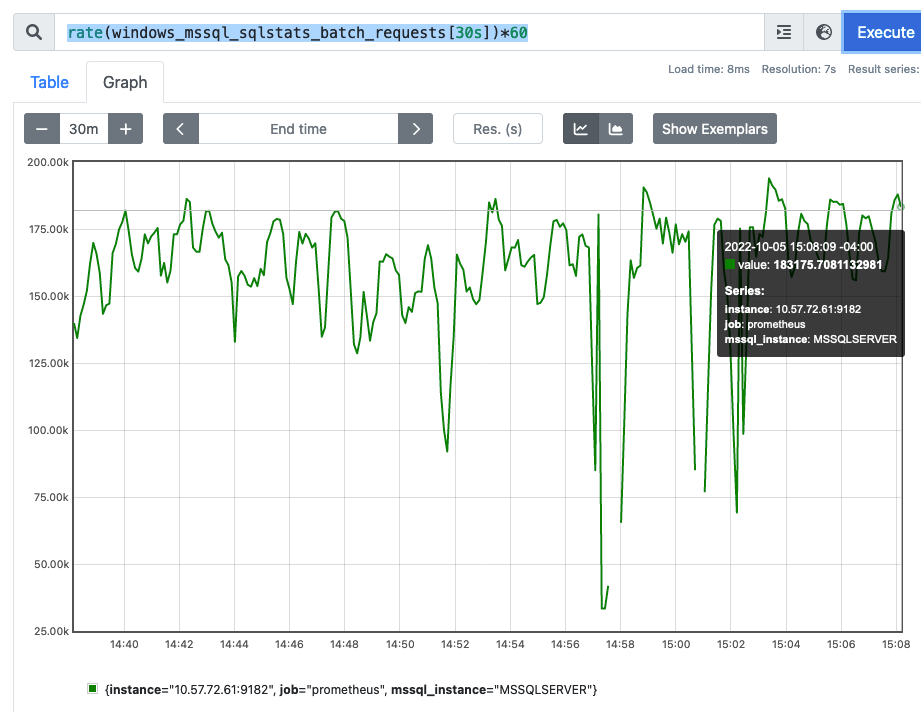Not sure where I came across this, but it is an excellent description of QEMU (and virtualization in general). I am very much a fan of this style of technical communication as exemplified in this final summary paragraph (the full article is longer):
In summary, even though QEMU was first written as a way of emulating hardware memory maps in order to virtualize a guest OS, it turns out that the fastest virtualization also depends on virtual hardware: a memory map of registers with particular documented side effects that has no bare-metal counterpart. And at the end of the day, all virtualization really means is running a particular set of assembly instructions (the guest OS) to manipulate locations within a giant memory map for causing a particular set of side effects, where QEMU is just a user-space application providing a memory map and mimicking the same side effects you would get when executing those guest instructions on the appropriate bare metal hardware.





